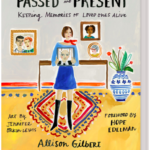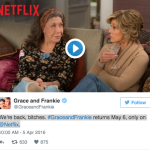There’s nothing like a good Halloween campaign for social good.
One of UNICEF’s most notable traditions, Trick-or-Treat for UNICEF began in 1950 as a way to help kids who need more than candy. Since then, children all over America have gone door-to-door on Halloween with UNICEF collection boxes and have raised more than $170 million.
Adding an extra treat to this year’s campaign, actress, platinum recording artist and author Zendaya has been named the 2014 Trick-or-Treat for UNICEF Spokesperson.
For the first time in its 64 year history, kids and parents can go digital by fundraising through Crowdrise in support of the campaign and in just a few seconds, can set up a Trick-or-Treat for UNICEF fundraising page to share with friends and family. The money raised will help save and protect children by providing clean water, nutritious food, lifesaving vaccines and more!
In addition, participants can put a new spin on traditional Halloween celebrations by turning this year’s gatherings into Trick-or-Treat for UNICEF fundraisers – it’s as easy as setting up a Trick-or Treat for UNICEF Party fundraising page and including a link in the party invitation!
The campaign relies not only on children and parents, but also on educators to teach their students the value of helping kids in need. This year K-8 teachers can participate through the 2nd annual Trick-or-Treat for UNICEF School Challenge. The competition will provide 15 grand prize winning teachers with $1,000 technology grants. All entrants will be asked to describe how they will teach their students about issues facing children globally and the importance of giving back. To be eligible to win, teachers must submit Trick-or-Treat donations by Dec. 1, 2014. To enter the competition, visitwww.trickortreatforunicef.org.
Additionally, this year’s Trick-or-Treat for UNICEF Teachers’ Guides can be used as a resource for educators to help provide students with the knowledge and skills needed to make an impact through the campaign. Using readings, photos, videos, music, maps, and games, they introduce students to UNICEF’s work, child rights, and a variety of issues affecting the health and well-being of children around the world.








 Follow
Follow





Speak Your Mind